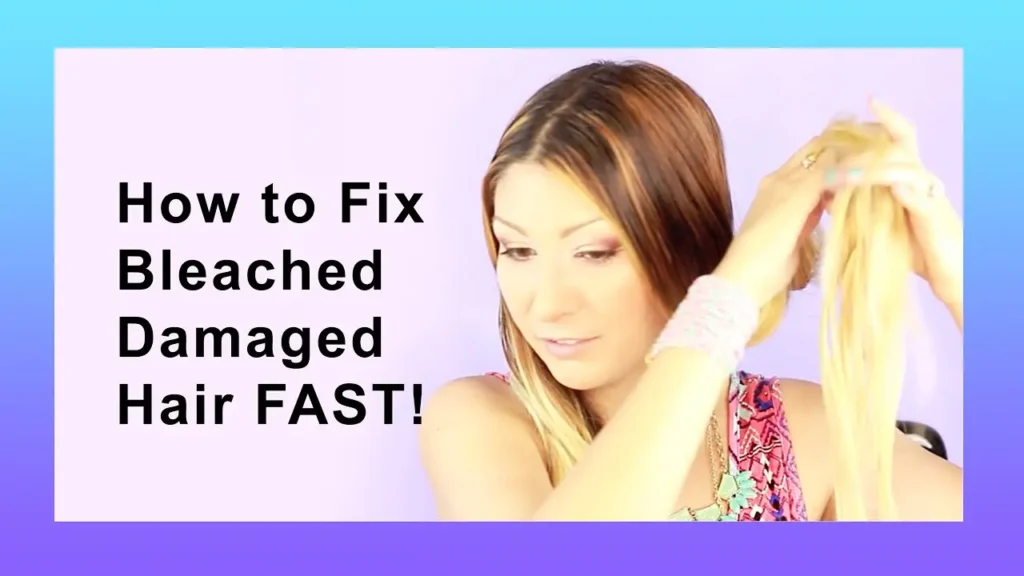
How do i stop my bleached hair from breaking off when wet?
If you have bleached hair, you may be asking how do I stop my bleached hair from breaking off when wet? This is a common problem among those with bleached hair. There are a few things that can help prevent this from happening.
Let me tell you something. Hair bleaching will change your hair color and that’s not always a good thing.
This is my story and I know that this will be the case for many other people.
Bringing the risks you may face with an action to your attention can help you decide whether or not it is worth going through with it.
When you know right away that what you are going to do will certainly ruin your hair.
When your loved ones warn you of the consequences of making a decision.
But even if you think that, you’re an airhead.
That’s how I feel after bleaching my hair by myself
I did bleach my hair without any experience of doing it before. I didn’t follow any of the best instructions for bleaching hair.
Now my hair is breaking when it gets wet. I’m going to tell you why so that you don’t make the same mistakes that I did.
Why is my hair breaking off when wet?
This is a common question that many people ask and there are many different answers. The first thing to do is to figure out what the root of the problem is. Is it dryness, or too much moisture? Is it a natural hair type?
What can cause your hair to break off when wet?
- Hair products with silicone in them
- A change in weather (i.e. from hot to cold)
- A change in water temperature
- Chemicals used on your hair such as relaxers, permanent color, etc.
This is a really common problem, especially for people with curly hair. The reason why this happens is because the hair has been damaged from heat styling and chemical treatments. When the hair is wet, it becomes more fragile and therefore more susceptible to breakage.
Why is my hair breaking off after i bleach it?
After bleaching my hair, everything started to go wrong live a horror movie.
When I washed my hair with just a little bit of water, I noticed that any strands that were sticking out would easily fall out.
When brushing my hair, I would often find a lot of stuck hairs that chop off in the brush.
After trying to dry my hair with a towel, I noticed that a lot of hair would slip out and litter the floor.
Initially, I thought it would just be for a few days but the horror story continued.
For a second, I thought it would pass, just like what I saw in some of those YouTube videos.
People on YouTube are known for their crazy antics, but the craze is shockingly real about bleached hair breaking off.
The photos they post of themselves holding clumps of hair that they had just touched on their head are leaving us shocked!
But I decided that at some point, I had to go through with it because otherwise the story wouldn’t ever end and at the end of it all, I’d be left with nothing but no hair.
To start the process of fixing my unhealthy, damaged hair, I began restoring its natural health. And I achieved it!
If you think nothing will happen to your hair because of how many people bleach their hair each day, know that the incidence of baldness is higher for those that do.
Is it normal for your hair to shed after bleaching?
Many people who have bleach their hair have noticed that it sheds. It is normal for your hair to shed after bleaching. This is because the chemical process of bleaching your hair damages the hair follicle, which can lead to breakage and shedding.
To avoid this, you can use a deep conditioning treatment on your hair before you bleach it. You can also use a protein-enriched shampoo and conditioner to help strengthen your hair after you bleach it.
If you are afraid of irreversible damage to your hair fibers then i will tell you how to take care of your bleached hair so that it doesn’t break when wet.
How to care for your bleached hair so that it doesn’t break when wet.
As you know, a bleach mixture can strip the pigment from your hair and make it completely white.
But it doesn’t just strip the natural pigment; it also strips out the natural oils that keep your hair healthy and strong.
It also goes to the point of no return all the vital vitamins, proteins, and nutrients of each of your hairs.
The results?
You hair looks weak and unhealthy. It also breaks when wet
Do you want to know why?
The keratin protein makes up the external layer of our hair, which some people refer to as the cuticle. The inside layers are called the cortex and medulla.
The scales that form the structure of hair strands work together to provide volume, flexibility and elasticity.
Bleaching weakens the cuticle and makes it more susceptible to damage. When hair is wet, the bond between the proteins which form the cuticle weakens. The cuticle then lifts and breaks.
If we continue to treat the hair as we did before it was bleached, the result will be unhealthy or ‘dead’ hair.
You may be asking how to maintain wet hair after bleaching it?
The answer is simple.
Try to avoid rough contact with your hair when washing. When you wash your hair, use a lighter touch. Try using a moisturising shampoo and conditioner once a week to keep it more hydrated.
I used to wonder how we became so used to scrubbing our hair hard with our nails as if they’re pulling out the roots.
Washing your hair can be done with a few easy movements without the use of excessive force. The rubbing should start at the front and make small circles, when the part of your head with less hair is reached rub back.
Smaller circular movements should then start again. This method gathers loose hairs and stimulates blood flow to nourish the follicles.
Please!
Forget about wrapping your bleached hair in a towel as though you will be competing in a turban contest.
This is where the hair breaks unfortunately.
Once you get out of the shower, squeeze your hair to get rid of excess water.
Microfiber towels are a great way to dry your hair off because they absorb moisture without rubbing your skin.
You’ve probably already noticed that bleach over time can dry out your hair. When you take a shower and then brush your hair, it may often be in a mess.
Forget about brushing.
Forget about pulling.
Don’t fight with your hair.
The first thing people suggest doing is combing out the hair with a wide-toothed comb, which can be done gently.
First, you comb your ends. After those are all untangled, you go on to the middle to untangle that and then finally the roots.
This way, you’re less likely to break hair fibers
What shampoo and conditioner should I use in bleached hair to gain back strength?
In my journey to heal the damage of bleaching my hair, I came across a certain shampoo that is sulfate-free.
Up until this point, I had no idea it existed.
Sulfate-free shampoos contain no lauryl sodium sulfate, which is pretty much just purified detergent.
Detergents that produce a lot of suds are drying out the scalp and making your hair more brittle.
Right now, I use this.
Which one do you like better?
I’ll leave the chemistry of this shampoo to your teacher. I made the decision to use a sulfate-free shampoo and I am pleased with the results. Not only does it make my hair look shinier, but also much softer.
That was one of the main things I changed in my routine, but I can tell that there are less hair in the sink when I clean it.
I found that my scalp has been less irritated and that is why I am less inclined to scratch it, which helps me keep my mane stronger.
I also make sure to use a leave-in conditioner to keep the hair healthy and adding moisture back into it.
After my shower, I put a little bit of leave-in conditioner in my hair without rinsing, and leave it in.
I’ve been using the product for a few weeks now and it has made a difference to my hair. Not only does it feel thicker, but it also is less tangled when I use this conditioner – which makes styling easier for me.
Finally, I use coconut oil once a week for my hair. You can find it at a store that sells natural goods or a store that specializes in herbs.
This product has a solid consistency, so you should heat it up before applying it to your head. The longer you leave it in, the better
Some people like to leave coconut oil in their overnight so they don’t mess up the pillowcase. It’s easy, all you need is a shower cap!
The coconut oil I used after bleaching my hair restored a large amount of the moisture I had lost in the process.
Now that we know how best to care for your new lightened hair, the only thing left to do is find the perfect products.
How to maintain and strengthen bleached hair?
Bleaching hair can be a risky process if not done properly. After bleaching, the hair can become dry and brittle. The key to maintaining and strengthening bleached hair is to always use a good quality shampoo and conditioner.
The shampoo should be sulfate-free or low-sulfate because it is less harsh on the hair and scalp. The conditioner should also be sulfate-free because it will not strip the natural oils from your hair, which will help keep your hair strong and healthy.
It is also important to wash your hands before touching your hair so you do not transfer any bacteria that could cause breakage or damage to the strands of your recently bleached locks.
Don’t wash your hair every day
Washing your hair every day is drying to the natural oils on your scalp and to the strands of hair themselves.
Trim your ends periodically
Split ends are one of the most common kinds of hair damage, and there is a lot you can do to improve their appearance.
We often think of a fever as the sign of being sick but split ends can be a sign that your hair isn’t behaving or looking the way you want it to.
If your roots are weak, you have split ends and your hair breaks.
To keep your hair from getting any worse, it is necessary to trim the ends of your hair that isn’t in perfect condition.
Avoid the hair dryer and the flat iron
It’s understandable that you might be confused or skeptical, but I think it makes quite a bit of sense.
Bleached hair is already prone to a lot of damage and the use of these heat sources can make it even more fragile.
Conclusion
I have noticed that my hair stopped falling out, breaking, and being so thin. However, this didn’t happen overnight.
I repeat.
This hair treatment really worked wonders with my hair!
It was a process, and it took me three months to complete. It required loads of discipline and consistency.
The products that I used and that are available work gradually but that does not mean they don’t work.
It can take a little time for the products to produce results, but in the end there is always improvement in my hair.
I also stopped punishing my bleached hair when it was wet, which helped it manage so much better.
Your hair needs both wet and dry care. Follow the steps in this article to ensure you protect your bleached hair both before your shower, and after you wash it.
What other ways do you care for your bleached hair?


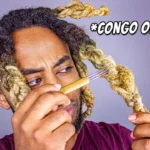

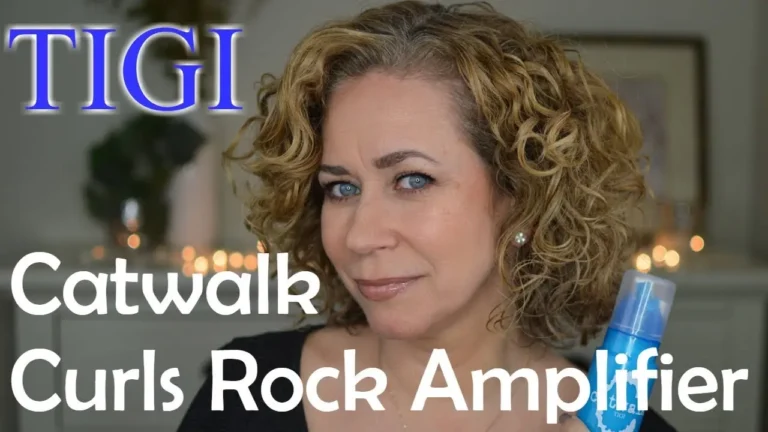
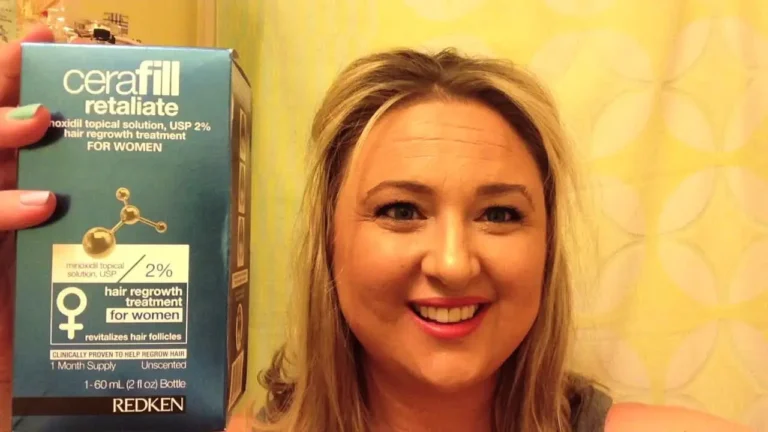
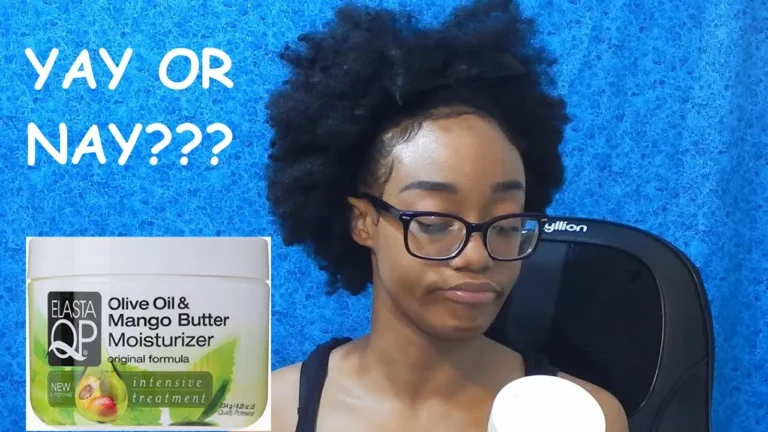

Comments are closed.